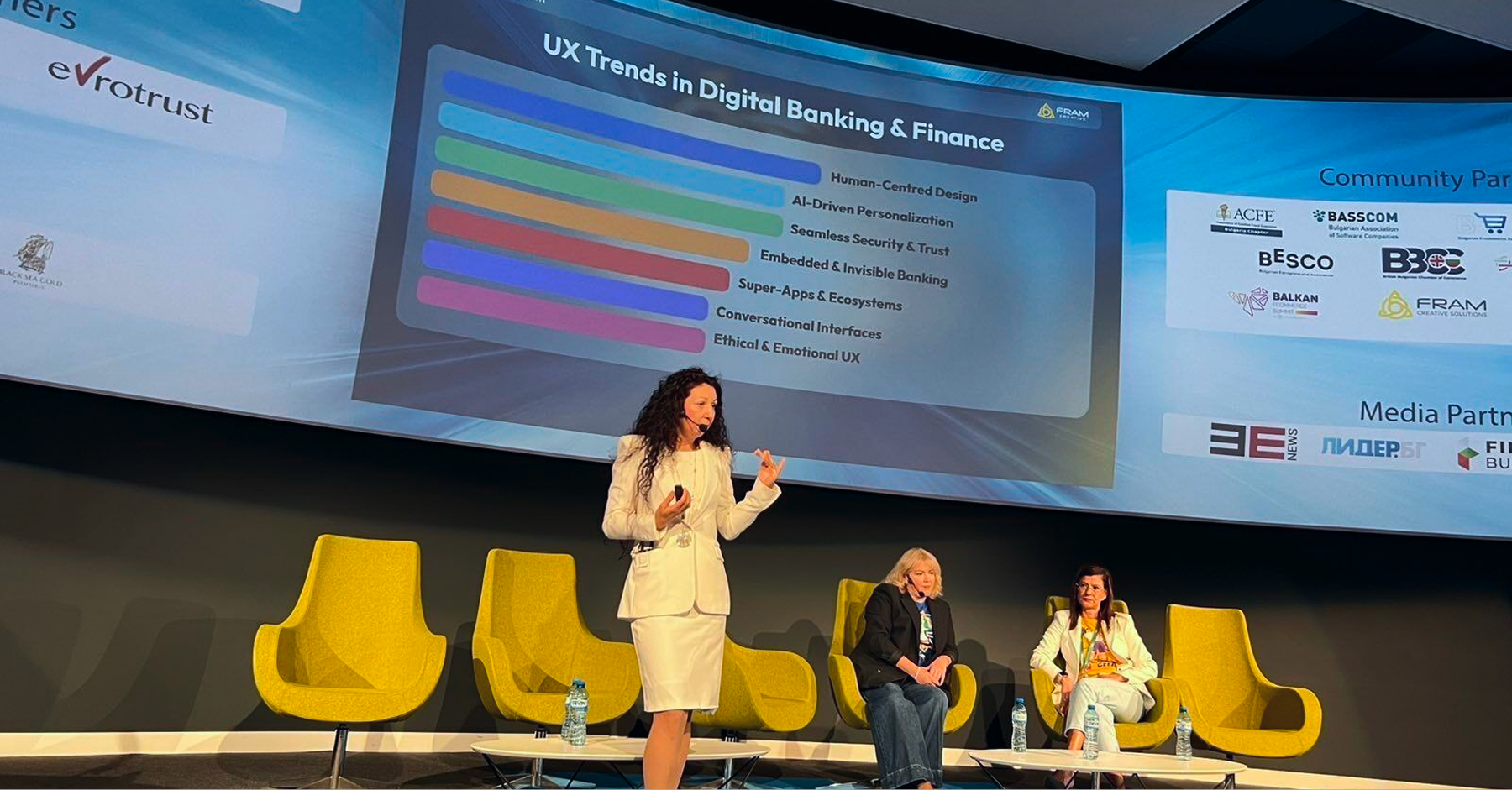Futuretech
Real Estate
MedTech
Security & Insurance
The Playbook of Accessible Design for Business Owners


UX just means making your site usable – as in user-friendly – right? Well, usability’s part of it, but it’s not the whole story. Ensuring users can get what they want from a site is one thing; providing them with an experience takes more than that. UX design sets the bar higher than the minimum requirement – user satisfaction. It engages users emotionally, makes them feel happy, delights them, draws them in, stimulates thought, gives them a sense of a personal connection with your site. It’s innovative and playful and it makes users not simply like you, but immerses them in an experience and turns casual visitors into long-term fans.
You might think spending a great deal of time, effort and money on getting your site designed from scratch is a waste. Why bother going to the trouble of reinventing the wheel? There are other successful sites doing what you want to do – so why not simply do the same thing? Logical as it might sound, copying the design of other sites, no matter how popular they are, is not the way to UX success. Online behemoths like Amazon, Apple or Google attract and retain users in their own ways and those ways aren’t necessarily best practice and won’t necessarily work for other brands. Good design projects your brand personality and provides the right experiences for your users and not those you think are already tried and trusted.
Design isn’t just about the big picture, the overall vision. For sure, that’s important (think brand identity, for example), but there’s more to UX than coming up with a design that puts that vision into practice. Users actually using a site need it to work at the micro-level as well. It’s no good seducing them with an attractive look if they can’t or won’t do something they want to do because there’s a glitch in the detail. Does it matter that you’ve put a stock shot of someone answering a phone on your contact page? That you’ve left off the small print explaining that only regular customers are eligible for an offer you’ve flagged on your home page? That you’ve mis-used an apostrophe in a product description? Research shows it does.
This myth – that you don’t need to guide users through your site with links because they’ll be able to find what they want easily enough by typing a word or two in the site’s search box – relies on the assumption that users actually know and remember what they want. That they have reached a decision before they’ve even accessed your site. This may be true if they want to buy specific products like computer games, books or software programs from big ecommerce sites, but in most cases users rely on navigational links attached to key words, accessible menus and sub-menus and other option markers. They find what they’re looking for by recognizing, rather than remembering, what that is when they come across a link to it on your site. In most cases, users only resort to the search box as a last resort.
Even now you’ll hear the mantra: users don’t scroll! Users want everything right there in front of them, accessible from the top part of your home page. Content should be delivered in bite-size single-screen chunks. No surprises ‘below the fold’ at the bottom of the screen … Maybe this was true in pre-smartphone days (and for old-style print newspapers), but numerous analyses of user behaviour show that it’s simply not true that users don’t scroll. We do. And so there’s no need to cram everything into a screen-sized space and end up with a clunky, overcrowded and imbalanced design. The key thing here is to ensure that what the user sees at the top of the page is engaging enough to make them want to scroll down further.




Our friendly team would love to hear from you.
By submitting this form you agree with our Privacy Policy



